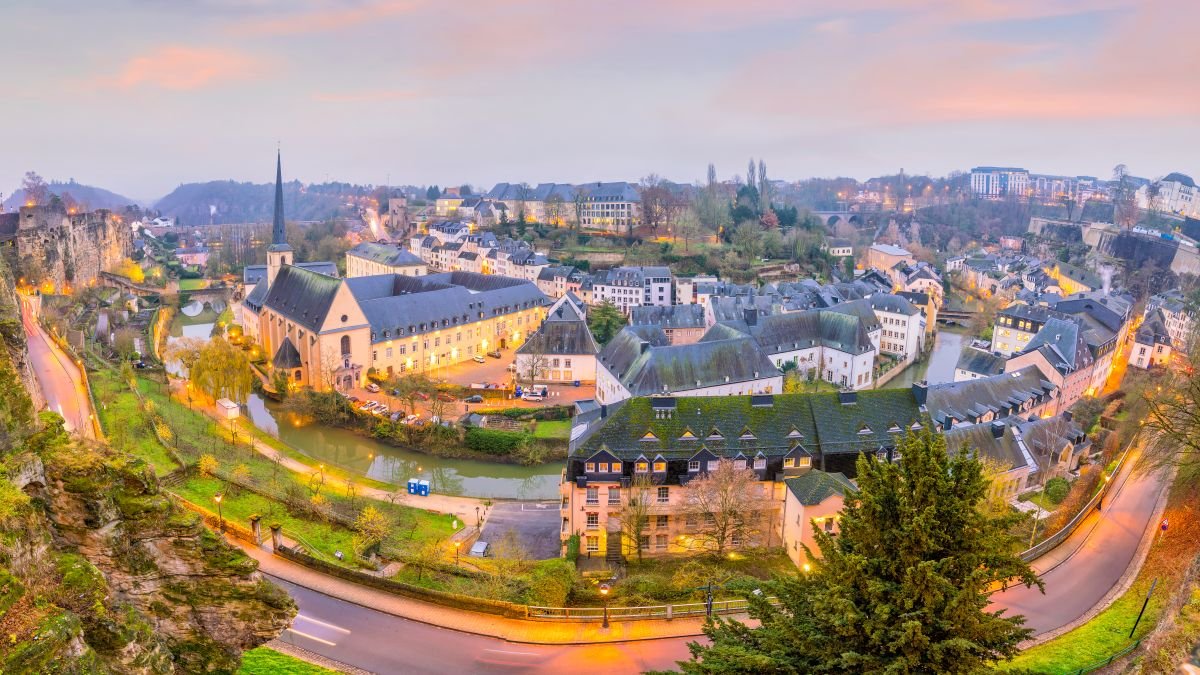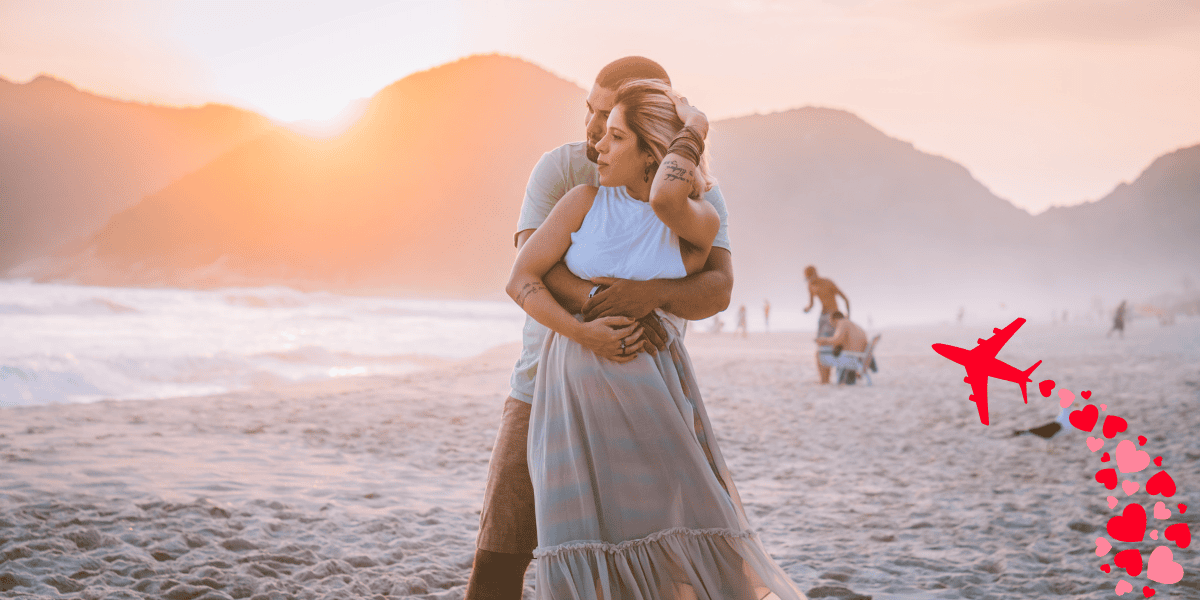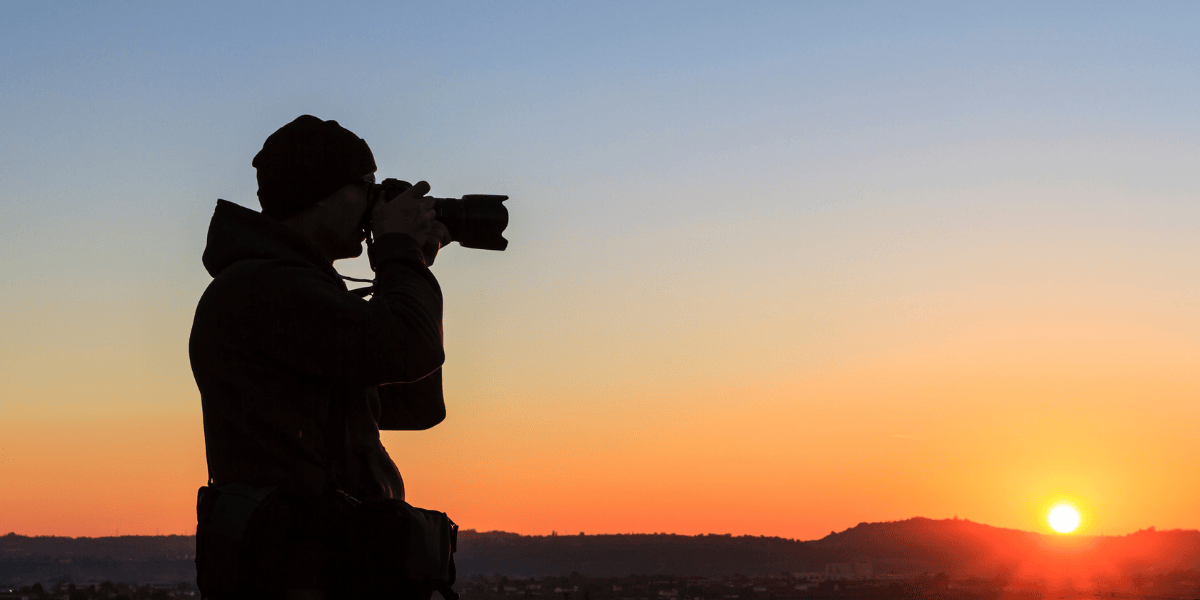Introduction
Luxembourg travel guide is the essential starting point for anyone ready to explore Europe’s hidden gem. Nestled between Belgium, France, and Germany, Luxembourg charms visitors with its fairytale landscapes, centuries-old castles, world-class gastronomy, and a capital city where medieval walls blend seamlessly with modern vibrancy. This comprehensive guide delivers actionable tips, up-to-date recommendations, and authentic local insights for a rewarding journey into this petite yet unforgettable European country.
What Makes Luxembourg Europe’s Hidden Gem?
Luxembourg City Attractions
Located at the heart of Western Europe, Luxembourg City is the nation’s cultural and historic centerpiece. Highlights include:
- The Casemates du Bock: A network of fortress tunnels that’s a UNESCO World Heritage Site—perfect for history lovers and families alike.
- Chemin de la Corniche: Known as “Europe’s most beautiful balcony,” this scenic promenade offers sweeping panoramic views over ancient ramparts and lush valleys.
- Grand Ducal Palace & Place Guillaume II: Witness centuries-old royal architecture and lively squares bustling with local events.
- Rives de Clausen District: This regenerated 12th-century brewing district now hosts trendy bars and eateries.
- Musée d’Histoire de la Ville: Dive into the city’s eventful past at this cliffside museum.
Hidden Gems Beyond the Capital
Step outside the city and discover:
- Vianden Castle: Nestled in a riverside valley, this beautifully restored medieval fortress hosts exhibits and festivals year-round—a must-see for families and solo adventurers.
- Mullerthal (‘Little Switzerland’): Hike through striking rock formations and serene woods for an outdoorsy escape.
- Moselle Valley Vineyards: Wine lovers will adore Luxembourg’s lesser-known grape varieties and sparkling crémant, with tours and tastings available throughout the season.
- Echternach: Visit the country’s oldest town for cobbled streets, vibrant squares, and annual folklore festivals.
Savor Luxembourg: Local Cuisine and Dining Spots
Where to Eat in Luxembourg
Luxembourg’s food scene blends French finesse, German heartiness, and Belgian comfort.
Must-Try Dishes
- Judd mat Gaardebounen: Smoked pork neck with broad beans—a national classic.
- Gromperekichelcher: Crispy potato fritters loved at local markets.
- Quetschentaart: Tart plum cake, best enjoyed in autumn.
Best Dining Spots
- Rives de Clausen Restaurants: Modern fusion menus in historic brewery buildings.
- Knuedler Square Cafés: Perfect for outdoor lunches with cathedral views.
- Moselle River Vineyards: Book a wine and food tasting tour for a true Luxembourger feast.
- Local Bistros in Vianden: Sample hearty regional fare beneath castle walls.
Practical Travel Tips and Itinerary Guidance
Planning Your Luxembourg Itinerary
- Ideal Stay Length: Spend 2 full days in Luxembourg City, with an extra day for Vianden and the Moselle countryside.
- Getting Around: The city’s compact size makes walking ideal; guided walking or e-bike tours add local context and fun.
- Public Transport: Luxembourg offers free public transport nationwide, making sightseeing convenient and budget-friendly.
- Best Travel Months: Visit between May and September for pleasant weather and longer daylight hours.
Sample 2-Day Itinerary
Day 1: Luxembourg City
- Start with the Casemates, Corniche views, and Grand Ducal Palace
- Lunch at Place Guillaume II café
- Afternoon museum visit (Musée d’Histoire)
- Evening in Rives de Clausen for dinner and local brews
Day 2: Vianden & Mullerthal
- Morning trip to Vianden Castle
- Riverside lunch in Vianden village
- Afternoon hike in Mullerthal
- Return to city for nightlife or a quiet meal
FAQs: Luxembourg Travel Essentials
Frequently Asked Questions
1. Is Luxembourg suitable for family travel?
Yes, Luxembourg is safe, clean, and welcoming to families—with attractions like castles, museums, and nature parks.
2. What languages are spoken in Luxembourg?
French, German, and Luxembourgish are official; English is widely understood in tourist areas.
3. How do I get around Luxembourg?
Public transport is free across the country, with easy connections by train, bus, and tram. City walking tours and e-bikes are popular for sightseeing.
4. What currency is used in Luxembourg?
Euro (€) is the official currency.
5. Is Luxembourg expensive for travelers?
It’s pricier than some European destinations, especially for accommodation, but free public transport and diverse dining options help balance costs.
Etiquette and Safety: Travel Like a Local
Essential Etiquette Tips
- Greeting: A friendly “Bonjour” or “Moien” is the standard welcome.
- Dining: Table manners are European—wait for everyone to be served before eating, and tipping (5-10%) is appreciated.
- Dress Code: Casual smart attire is suitable for city restaurants and tours; dress respectfully at religious sites.
Safety Information
Luxembourg ranks among Europe’s safest countries with low crime rates, excellent healthcare, and well-maintained infrastructure. Solo travelers and families enjoy stress-free sightseeing both day and night.
Personal Insights: Why Luxembourg Belongs on Your Travel Bucket List
Luxembourg travel guide uncovers why this country shines as Europe’s hidden gem—from fairy-tale castles and rolling vineyards to cosmopolitan cuisine and lively festivals. With free transport, walkable cities, and undiscovered landscapes, Luxembourg welcomes every traveler with open arms. Plan your visit for spring or summer, embrace local culture and flavors, and let Luxembourg’s distinct blend of tradition and modernity surprise you at every turn.
Luxembourg remains one of Europe’s best-kept secrets—but with its growing allure, now is the time to explore.



